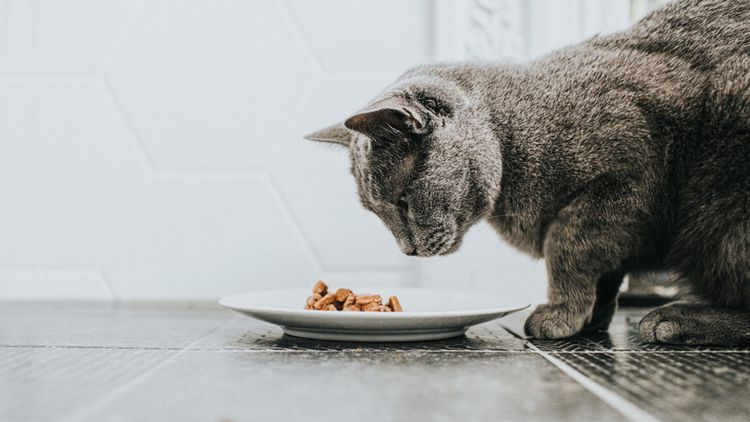
Unfortunately, interpreting pet food labels has become more and more difficult in recent years. There is also a huge amount of misinformation about pet food, both online and in public opinion. One topic that is often discussed is that of “byproducts” in pet food.
There is a persistent myth amongst cat owners that animal byproducts are unhealthy ingredients in cat food. Many have been told that they are of low nutritional value or are fillers.
However, animal byproducts are not fillers and can provide high quality nutrition for cats. It is also untrue that inedible parts of the animal, such as hooves, hair, horns, or feathers, are used in cat food as byproducts.
Animal byproducts are simply the parts of food animals, such as cattle or pigs, not typically used in the human food chain. The American Association of Feed Control Officials (AAFCO) defines byproducts as “secondary products produced in addition to the principal product.” This doesn’t imply that byproducts are unsafe or lack nutrition, simply that they aren’t part of the original primary products from that animal.
AAFCO goes on to say that “Many raw commodities, when processed, result in a primary product for human consumption and secondary products mostly (but not exclusively) for animal consumption. Using primary animal and plant products for humans and their related byproduct materials for animals is a common practice.”
In canned cat food, byproducts are typically organ meat from the liver, kidneys, lungs, and spleen. When a cat kills prey in the wild, these organs are the first thing the cat consumes and are highly nutritious.
In kibble, the most common byproduct is a meal. Meals are made from muscles, organs, and bone and are cooked to eliminate the possibility of bacterial contamination. The product has the water removed and is separated into protein and fat. The meals are then added to pet food appropriately to provide precisely balanced nutritional profiles.
Are byproducts safe for my cat to eat?
Yes, animal byproducts used in cat food are safe. All byproducts used in pet food are inspected by the United States Department of Agriculture (USDA) and must meet the standards set by the agency. These standards ensure that no diseased or disabled animals are used in pet food and that there is no dangerous bacterial contamination.
The byproducts as fillers myth
In reality, there is no exact definition, according to AAFCO, for the term “filler”. However, it most typically refers to products used in pet food to add fiber or bulk to the food. Animal byproducts are actually very nutritious and provide protein, fat, vitamins, and minerals. Feeding a human
grade meat product is not nutritionally superior to a byproduct.
The thing to remember is that cats, when hunting, choose to eat the prey’s organs first, both for the taste and the nutritional value. It is natural and healthy for them, even if it seems distasteful to us.
Why do food manufacturers use byproducts instead of
muscle meat?
Though not as appealing to humans for their dinner, byproducts such as liver, spleen, and heart are nutritionally superior to muscle meat. Organ meats provide much higher levels of nutrients like vitamins, minerals, and protein.
Cats require a balanced diet with a correct calcium to phosphorus ratio and essential amino acids such as taurine. Muscle meat alone lacks many essential nutrients, but they can be provided by the use of byproducts. Muscle meat on its own often lacks appropriate levels of fats, protein, vitamin A, and calcium.
Discussing cat food with your veterinarian
Sadly, there are many cat foods on the market that use misleading label claims and marketing to appeal to pet parents. Some high-priced foods with amazing marketing departments easily convince consumers to feed their diet when in reality it may be a substandard food. Looking at the ingredient list and making sure the food was formulated by a board-certified veterinary nutritionist and has been feed trial tested are the first steps.
There are many other things to consider when choosing the right diet for your personal cat, including age, lifestyle, health issues, and allergies. The best resource for pet parents when choosing a food for their cat is their veterinarian. Your cat’s doctor has years of formal education, as well as real-world experience with cats and nutrition. They also know your specific cat and its health needs.

Is Neosporin Safe for Cats?
A brief summary of concerns a cat owner should be aware of before putting Neosporin on their cat, plus tips for things they can use at home instead.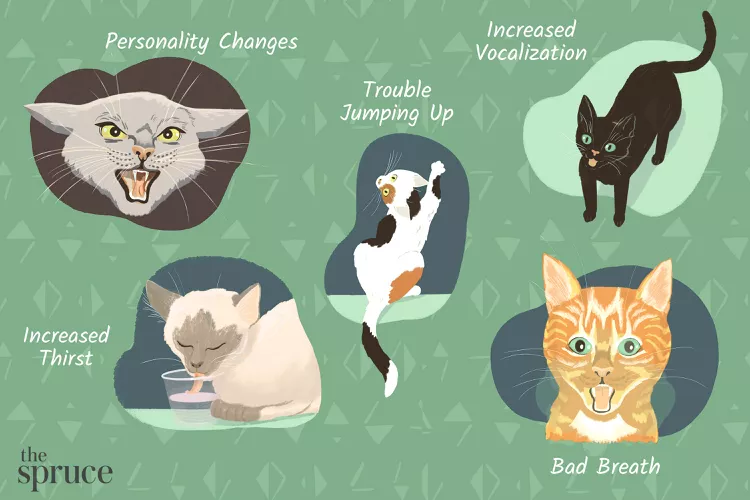
18 Warning Signs That Your Cat Is Crying for Help
How can you tell if your cat is sick? Learn about the warning signs indicating your cat is crying for help and find out what to do about them.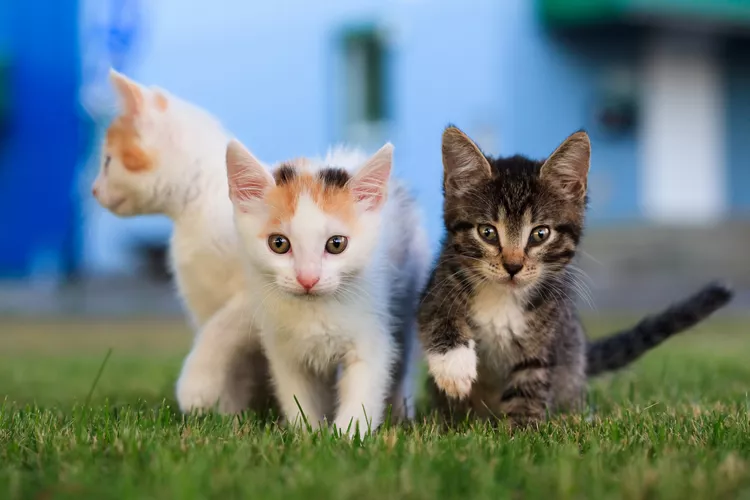
Chlamydia in Cats
Chlamydia in cats is a bacterial infection primarily affecting the eyes, which can cause conjunctivitis. Learn the causes, treatment, and prevention.
Why Does My Kitten Bite Me? How to Stop Biting and Scratching in Kittens
Why does your kitten bite you? Play aggression is often the cause, but there may be other reasons for the scratching and biting. Here’s what to do if your cat bites and scratches you, including how to stop it.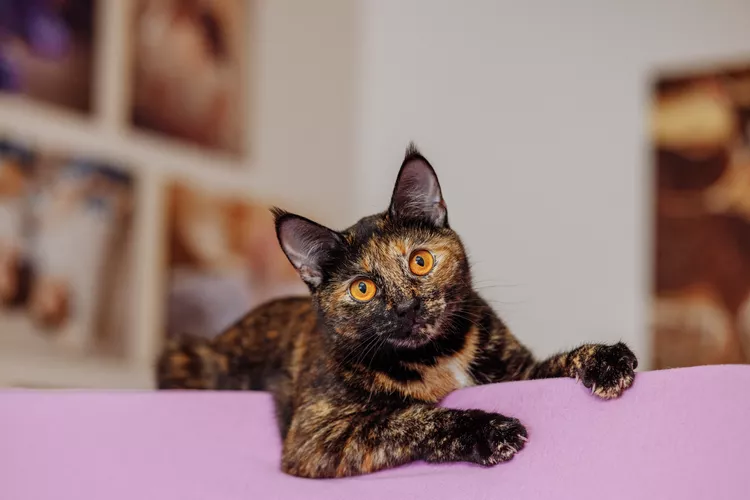
200 Tortoiseshell Cat Names for Your Bi-Colored Kitty
Tortoiseshell cats are a rare phenomenon and deserve a fitting name. We've pulled together 200 tortoiseshell cat names, including male names, female names, cute names, and names inspired by their coat color and pattern.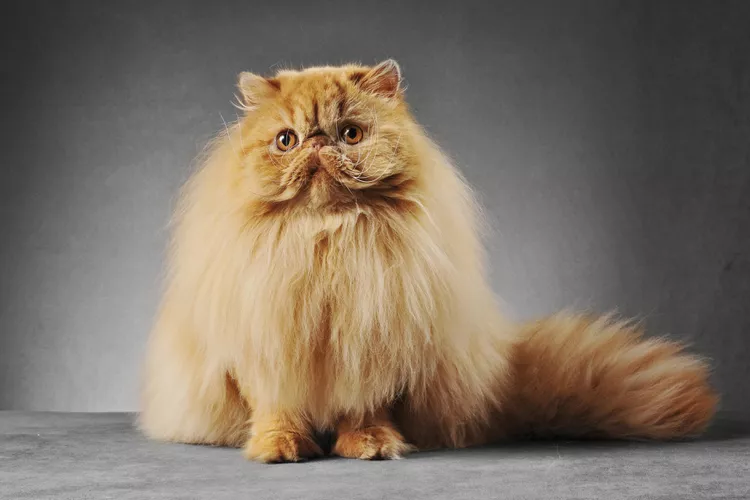
12 Fluffy Cat Breeds Perfect for Endless Cuddles
If you like long-haired cats and don't mind daily (or almost daily) brushing, you’ll love these fluffy cat breeds.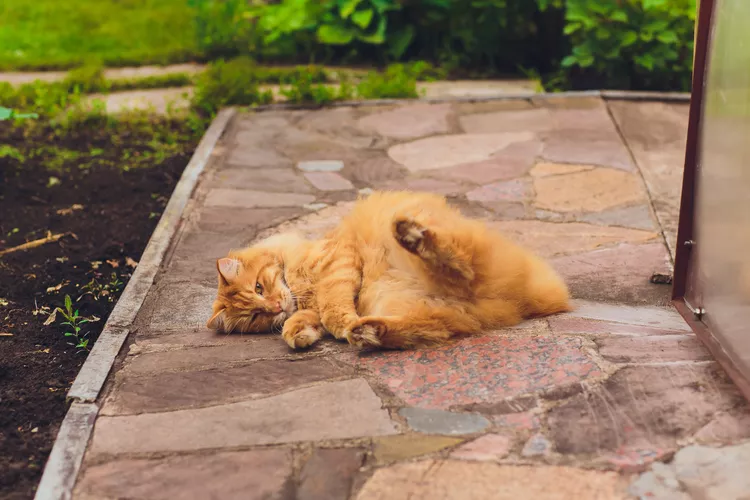
10 Unique Bobtail Cat Breeds
Bobtail cat breeds, including the Manx and Cymric, result from natural genetic mutations. Learn whether one of these cats is right for you.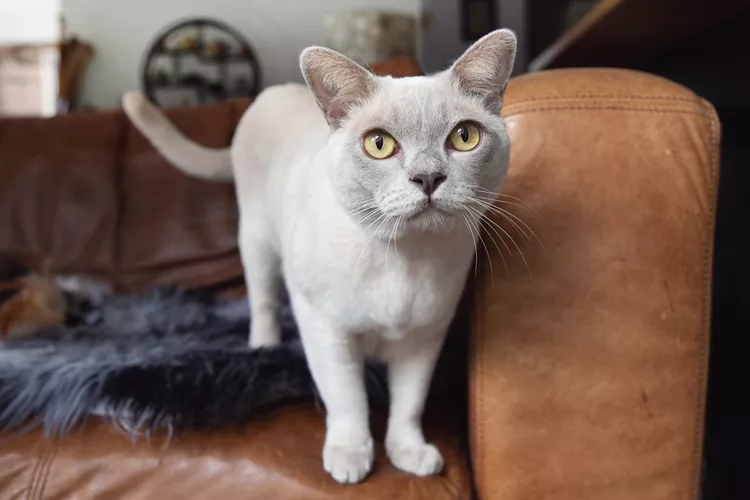
Burmese: Cat Breed Profile, Characteristics & Care
Known for their loving personality and muscular body, the Burmese loves to cuddle after a bout of kittenish playing. Learn about the Burmese breed.
Turkish Angora: Cat Breed Profile, Characteristics & Care
The elegant and silky Turkish Angora cat is a playful, affectionate, and sometimes mischievous pet. Learn about the Turkish Angora breed.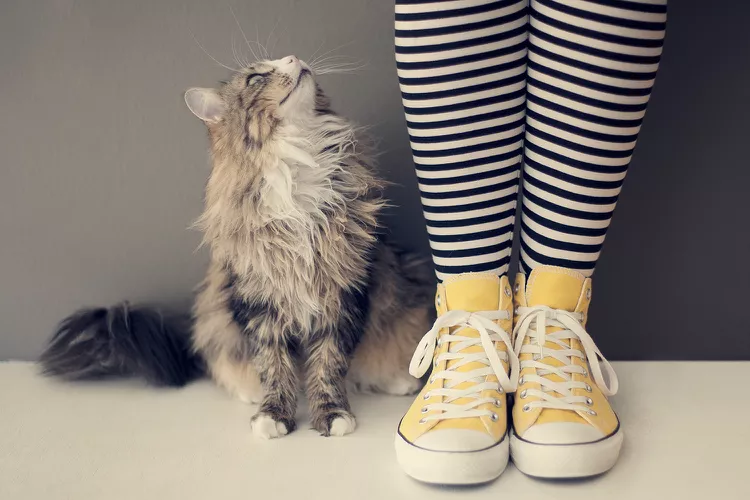
Why Does My Cat Follow Me Around Everywhere?
Cats can follow their owners around for a few different reasons. Find out what your cat is trying to tell you if they follow you around.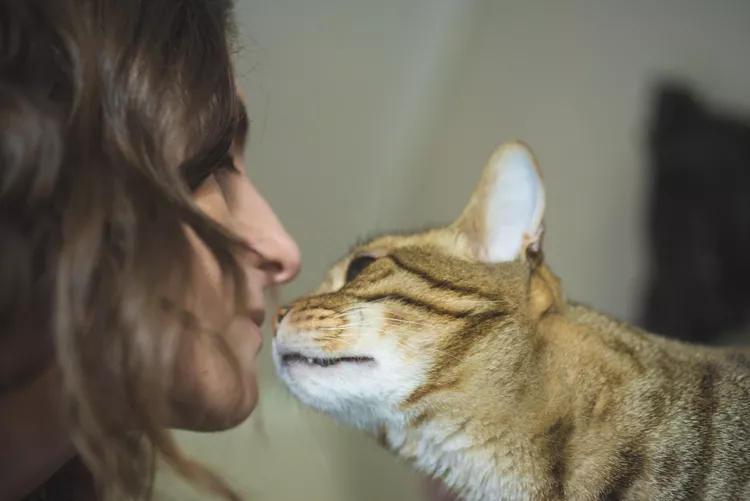
Why Does My Cat Bite My Chin?
If your cat is biting your chin, this might be a sign of affection, but it can also be caused by boredom or stress. Learn how to curb the behavior.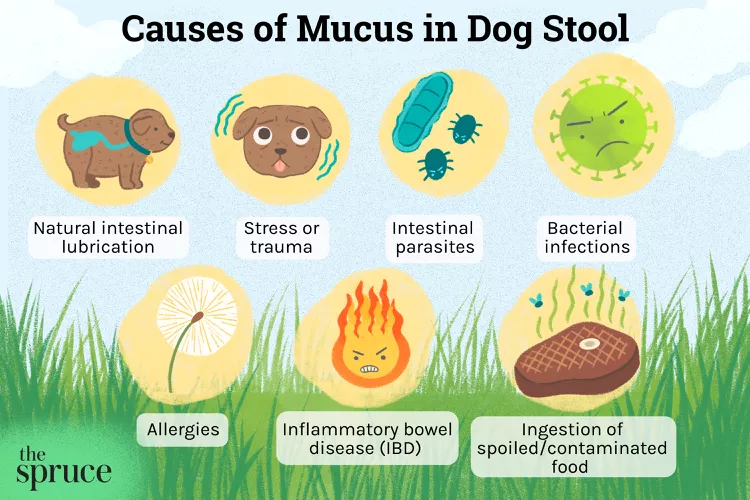
Common Causes of Mucus in Dog Poop
Seeing mucus in your dog's poop can be concerning to a dog owner. Here are common causes and treatment of mucus in a dog's stool.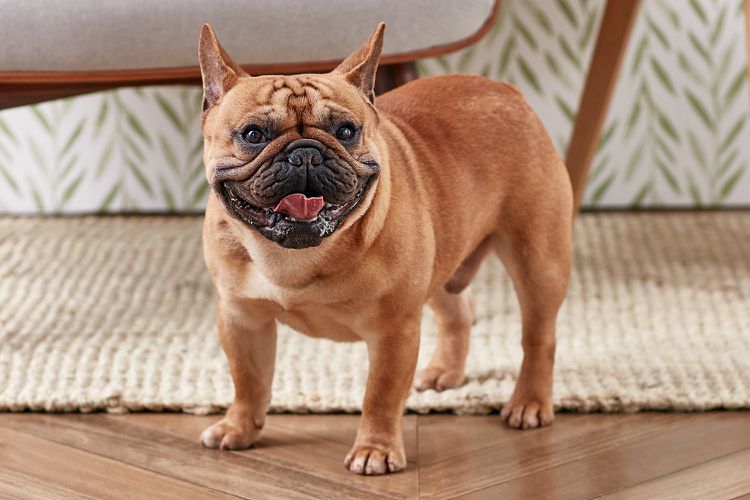
Why Do Dogs Pant?
Dogs pant for a number of reasons, including cooling, excitement, and play. But sometimes panting is a sign of a physical problem. Learn why dogs pant and what to do about it. Here’s how to tell if your dog’s panting is normal or a sign of a problem.
Intervertebral Disc Disease (IVDD) in Dogs
Intervertebral disc disease (IVDD), or a herniated disc, is a serious condition of the spinal cord. Learn the causes, treatment, and prevention.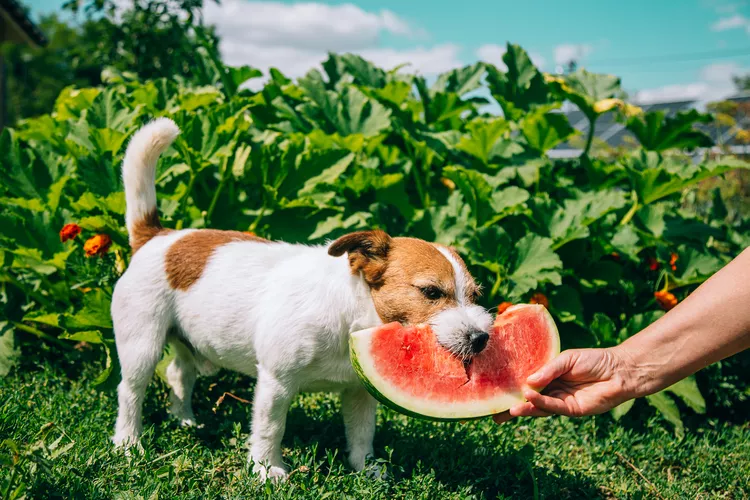
Can Dogs Eat Watermelon?
Can dogs eat watermelon? Yes! But its important to keep certain precautions in mind. Learn the benefits, risks, and how to safely feed your dog this fruit.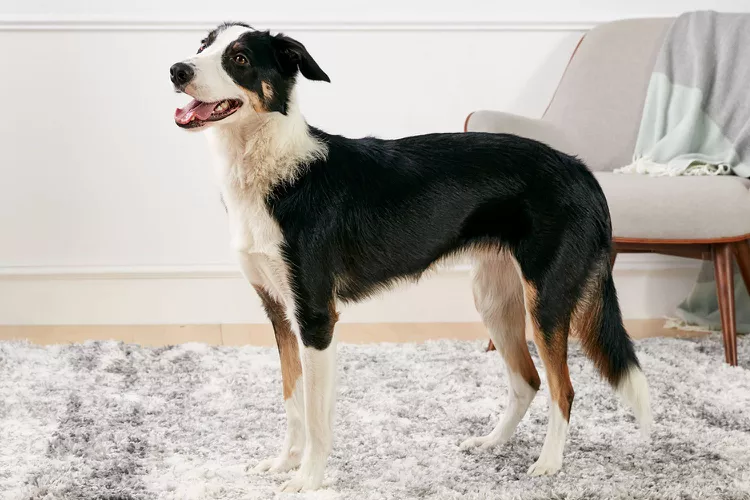
Border Collie: Dog Breed Characteristics & Care
Learn about the border collie, a popular herding breed. They're a smart and energetic dog that's also a great companion to the right pet parent.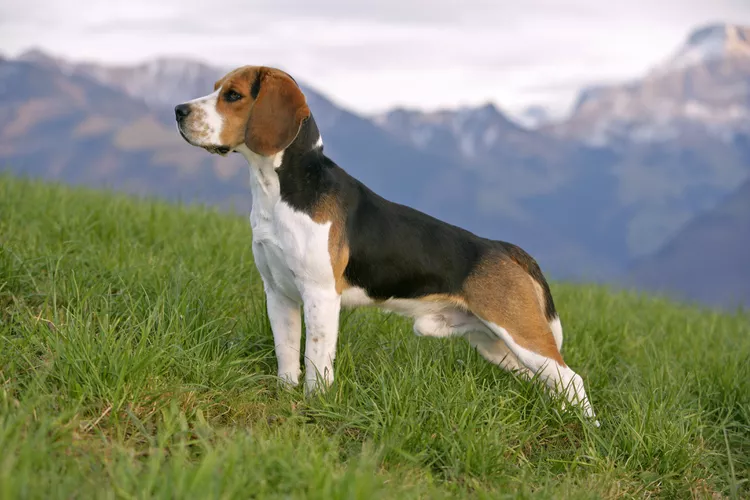
Beagle: Dog Breed Characteristics & Care
Learn about the beagle, one of the most popular dog breeds in the world. They are known for being a cheerful, comical, loud, and energetic family dog.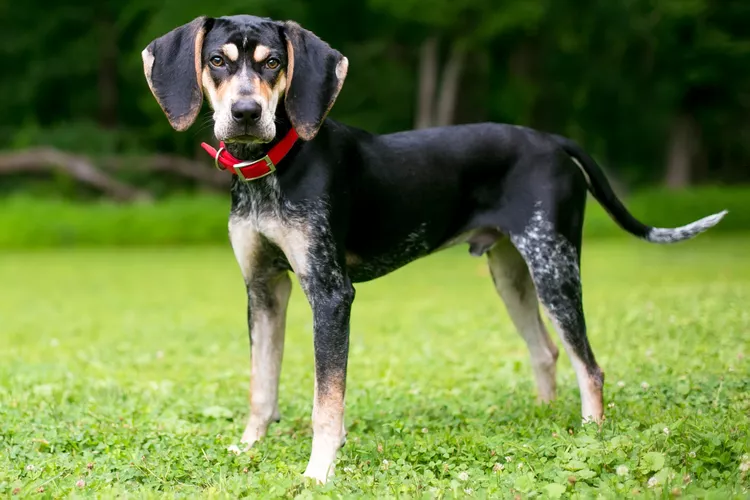
Bluetick Coonhound: Dog Breed Characteristics & Care
Bluetick Coonhounds are a medium-size hound that are gentle and affectionate. They are commonly used as a raccoon hunting dog.
Tibetan Terrier: Dog Breed Characteristics & Care
The Tibetan terrier is a happy-go-lucky dog with a shaggy coat. Learn more about the history, care tips, and other helpful information about the breed.
Lagotto Romagnolo: Dog Breed Characteristics & Care
The Lagotto Romagnolo is an intelligent working breed from Northern Italy and can be an adaptable and laid back companion breed.